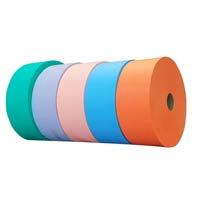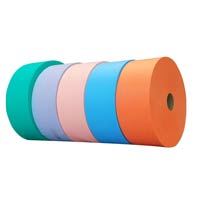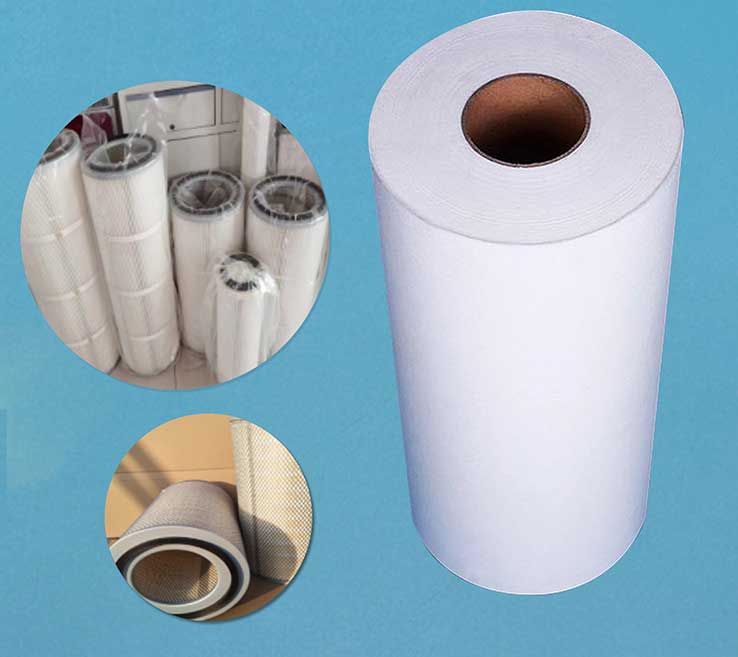Search
English
In the non-woven fabric industry, there are many types for customers to choose from and the non-woven polypropylene filter fabric is one of the most commonly used ones. It is characterized by its excellent filter capability and strong absorption property. Different kinds of polypropylene non-woven filter fabrics have different uses, as the scope of their application is not quite the same. For example, cotton filter fabric mainly uses the swelling of cotton fiber, which is suitable for collecting fine dust. However, due to their perfect filtering properties, almost all of the non-woven polypropylene filter fabrics are popular and widely used.


Nonwoven polypropylene filter fabric, composed of directional or random fibers, is a new generation of environmental protection materials. This kind of NWPP fabric is moisture-proof, breathable, flexible, light in weight, easy to decompose, non-toxic and non-irritating, colorful, cheap, and recyclable.

Polypropylene non-woven filter fabric is a kind of fabric that does not need to be spun. The fabric has no warp and weft threads. It is very convenient to cut and sew, light, and easy to shape. That is the reason why the polypropylene non-woven filter fabric is preferred by many handicraft lovers.

There are many places in the car that need filter materials, such as carburetor air filtration, air conditioning circulation filtration, carriage air purification, crankcase ventilation valve filtration, engine oil filtration, transmission oil filtration, auxiliary water filtration, etc. At present, media developed and applied for filtration purposes are polypropylene non-woven filter fabrics and their composite materials. For example, the circulating filtration system of the air conditioning system uses electret meltblown non-woven fabric and active discharge composite materials.
The manufacturing process of nonwoven polypropylene filter fabric involves selecting high-quality polypropylene fibers, forming a nonwoven web through methods like melt blowing or spunbonding, creating a uniform web structure, applying pre-treatments to enhance filtration properties, and finishing with treatments like coating or lamination. Strict quality control ensures the fabric meets required specifications and performance standards, making it suitable for various filtration applications in industries such as automotive, healthcare, and air filtration systems.
Production:The production of nonwoven polypropylene filter fabric requires energy and resources for raw material extraction and processing. However, compared to other filter fabrics, polypropylene has a lower environmental impact due to its recyclability and lower energy consumption during manufacturing.
Usage: Nonwoven polypropylene filter fabric effectively filters pollutants in applications such as air and water filtration, contributing to improved environmental quality and human health.
Disposal: Proper end-of-life management is crucial, as recycling infrastructure for polypropylene may not be widely available. Disposal methods like landfill or incineration can contribute to pollution and greenhouse gas emissions.
To mitigate environmental impact:
1. Sustainable sourcing: Choose polypropylene fibers produced using sustainable practices and renewable energy sources.
2. Recycling and reuse: Promote recycling and explore options for repurposing or reusing the fabric to reduce waste.
3. Adherence to regulations: Implement and follow environmental regulations and standards for responsible production and disposal.
4. Research and innovation: Continually develop more sustainable alternatives for nonwoven polypropylene filter fabric through research and innovation.
Considering the environmental impact throughout its lifecycle enables informed decisions and actions to minimize the environmental footprint of nonwoven polypropylene filter fabric.